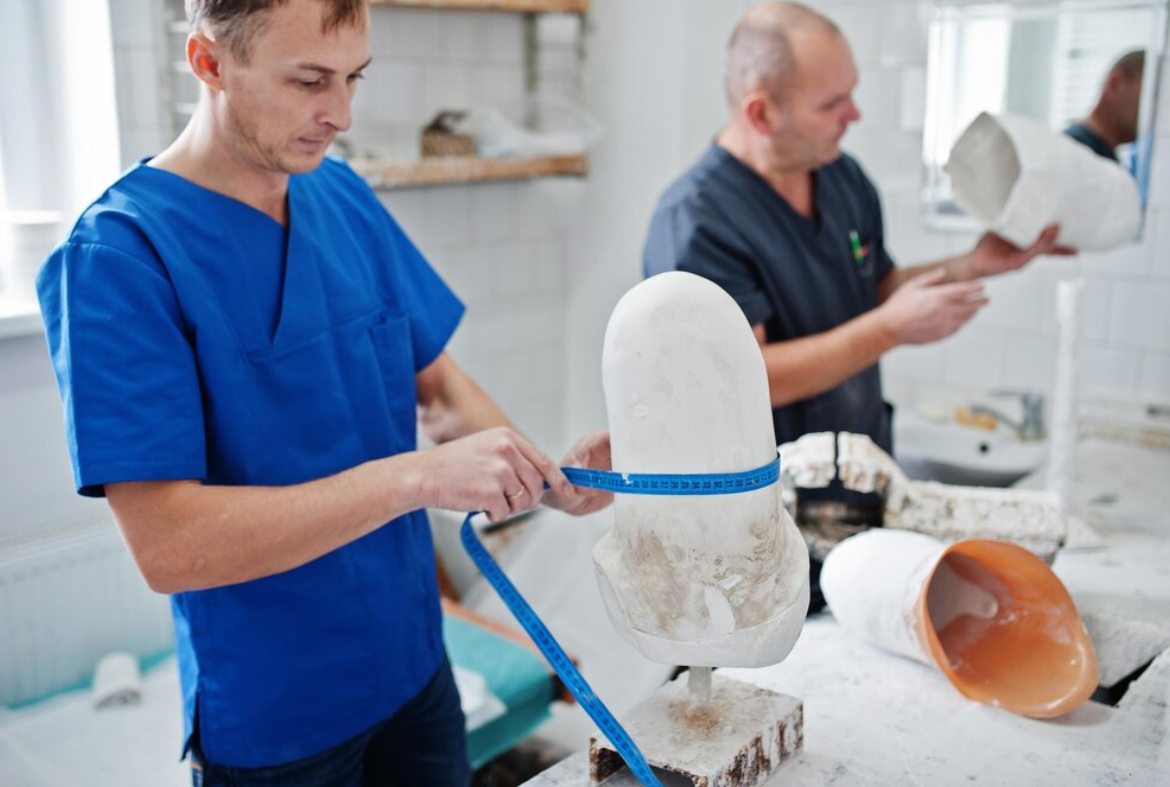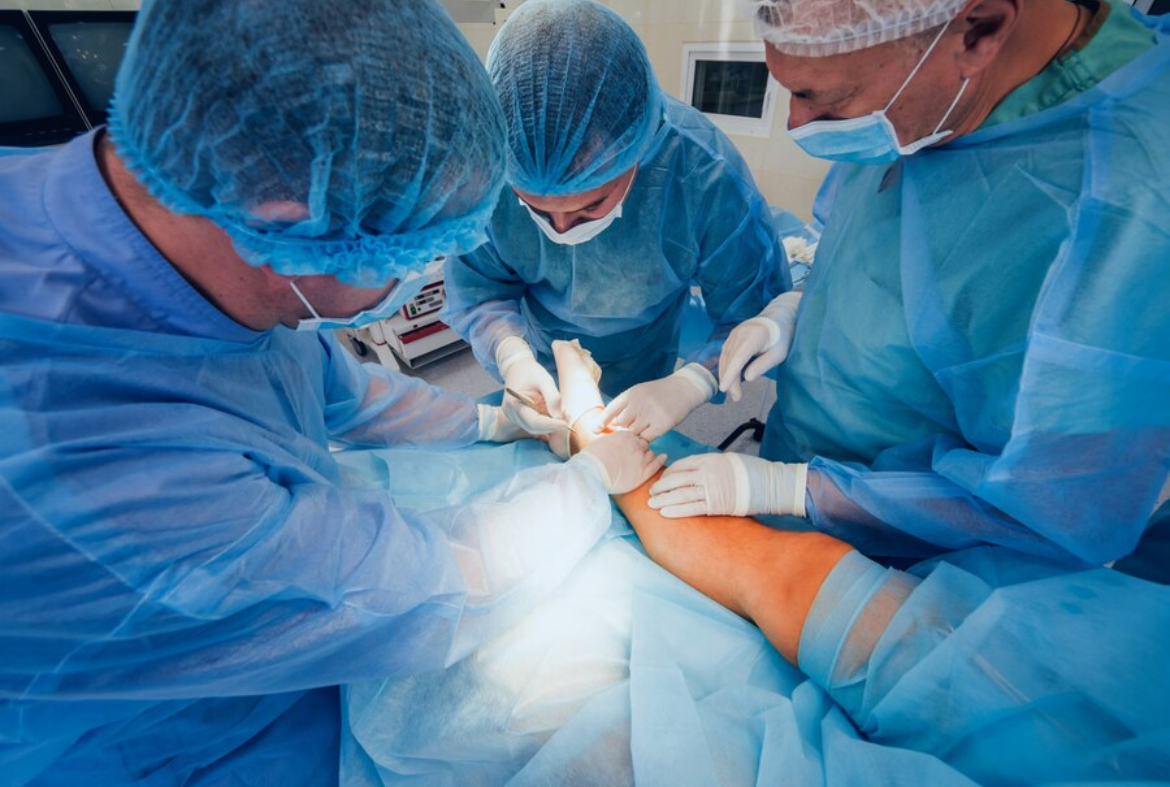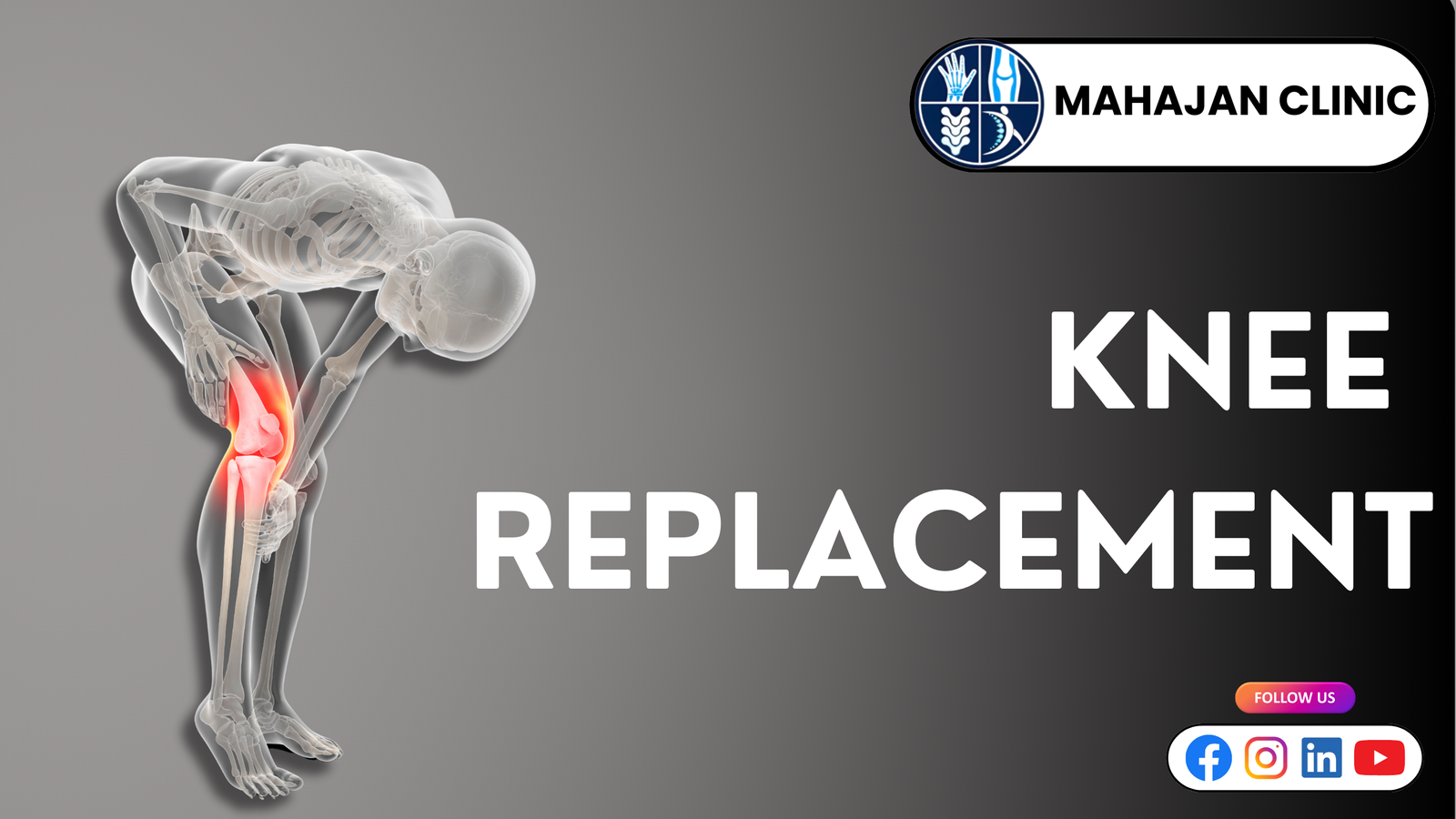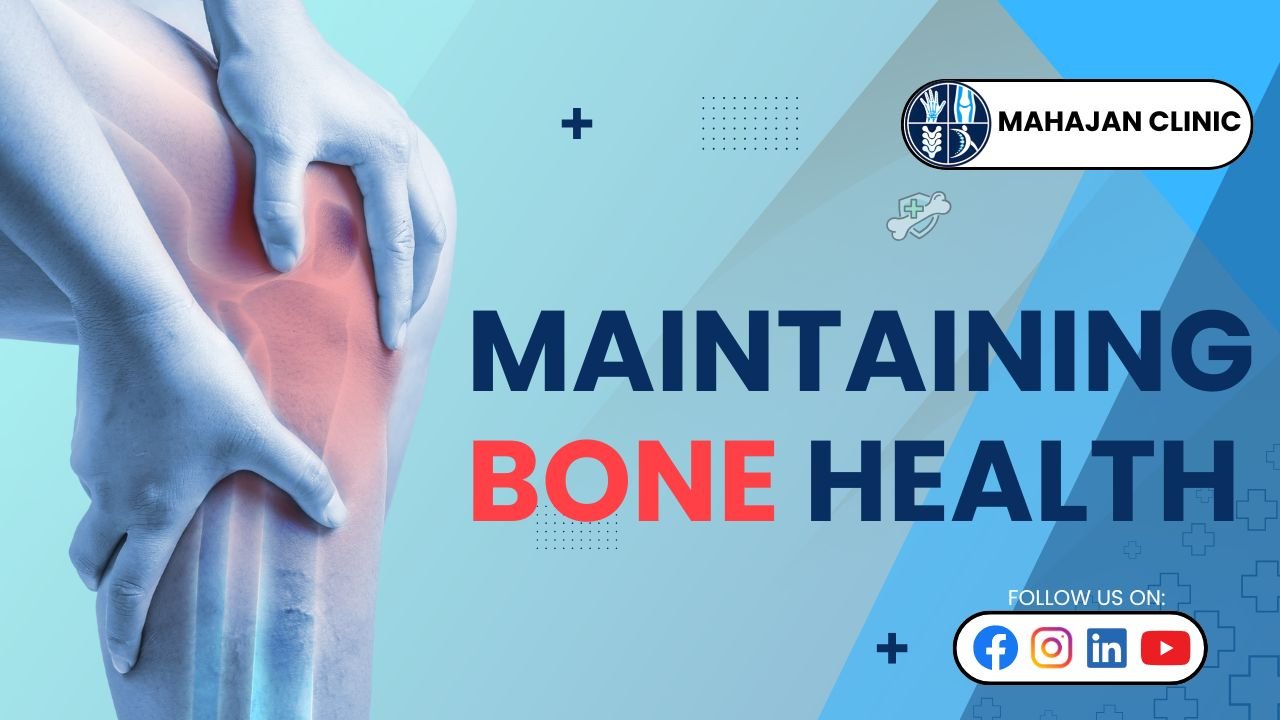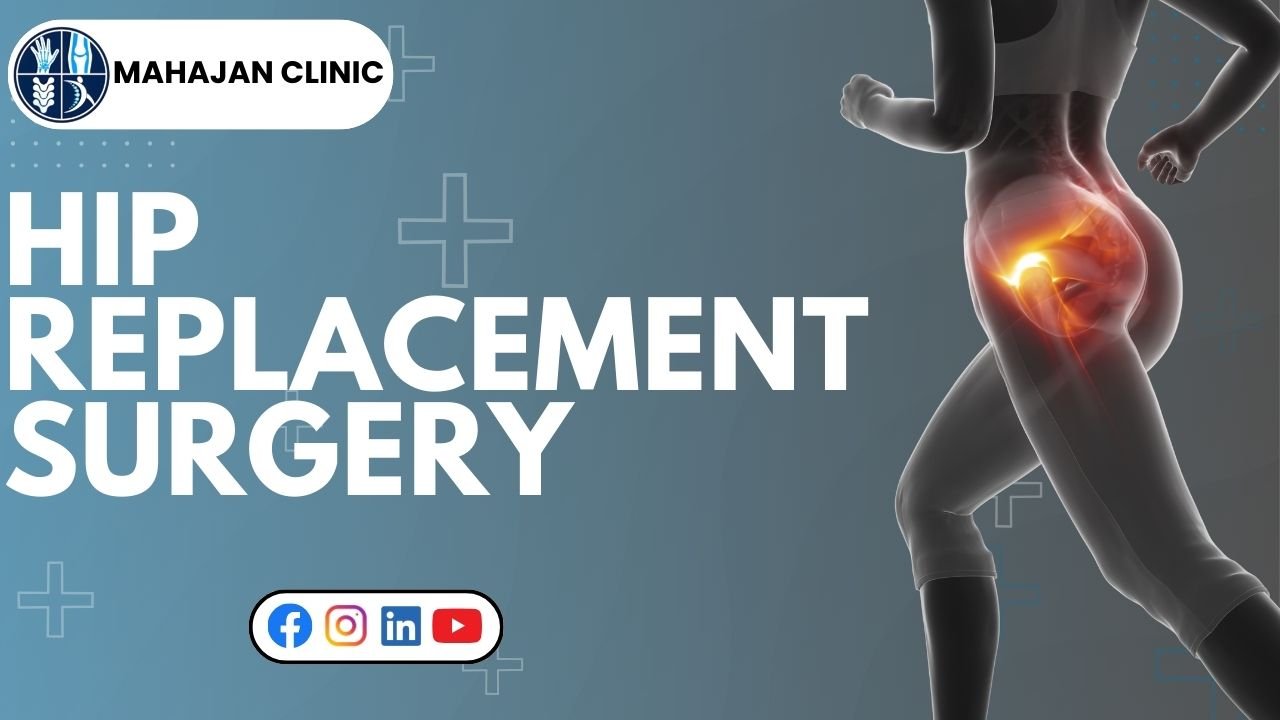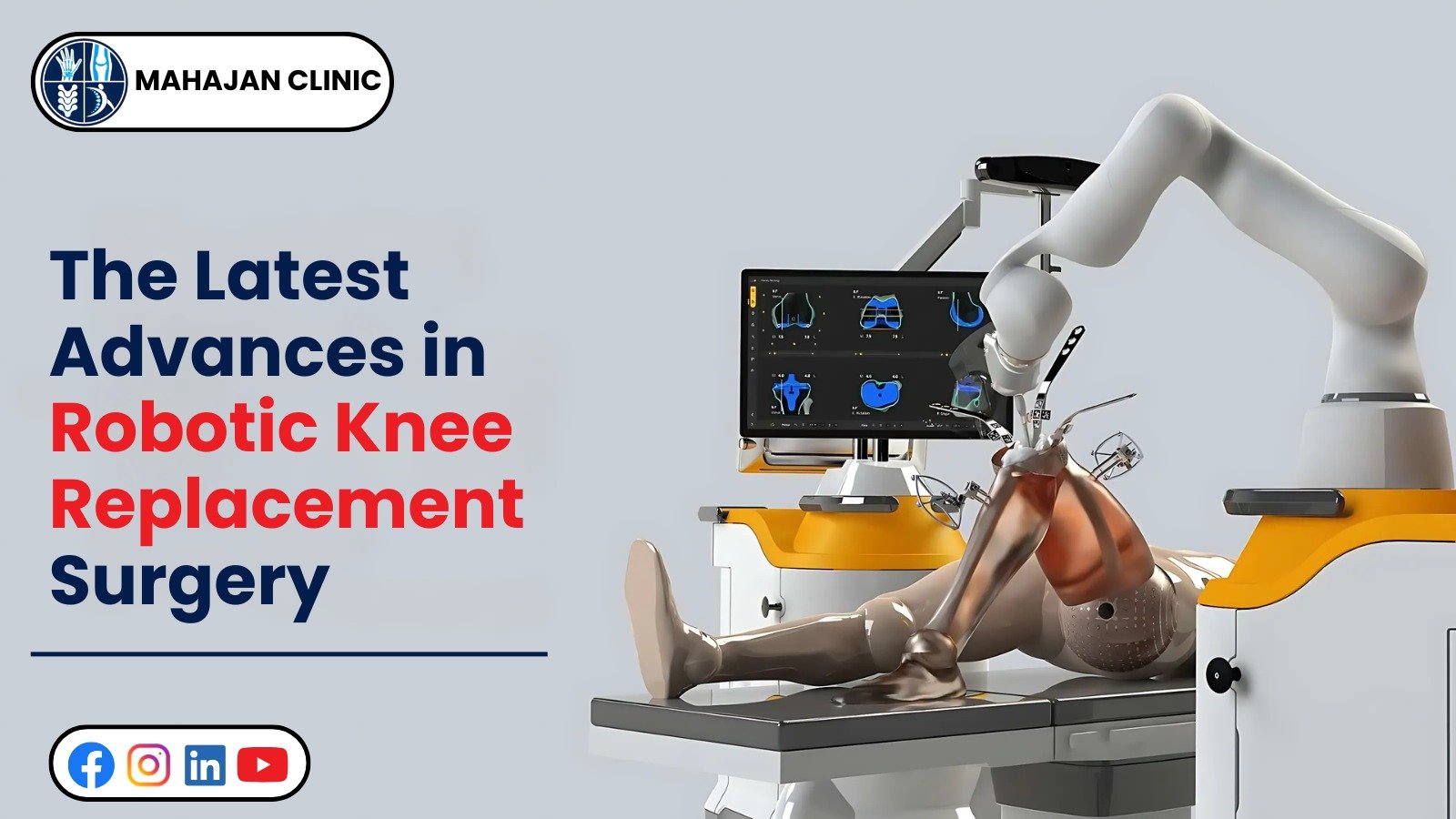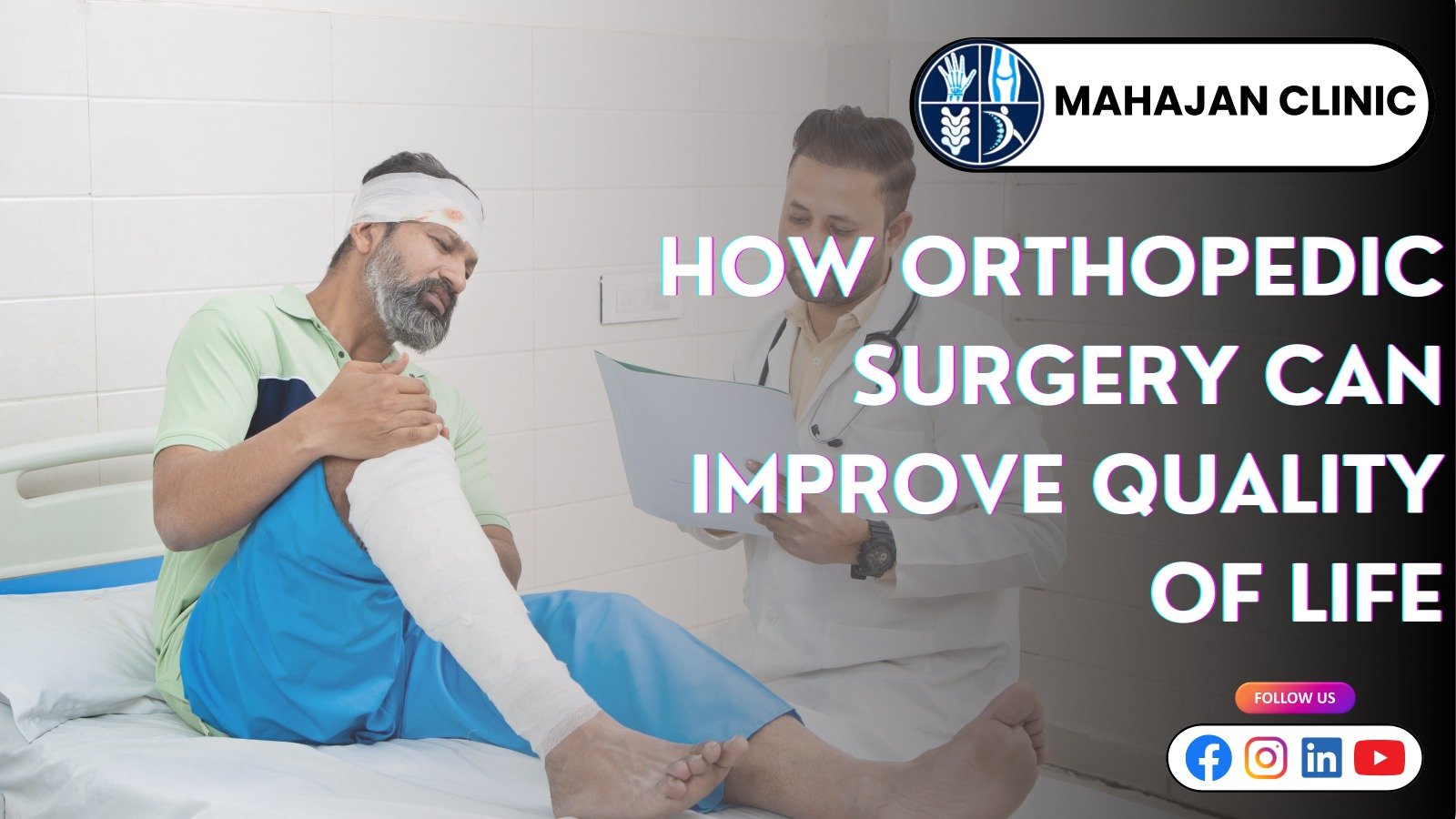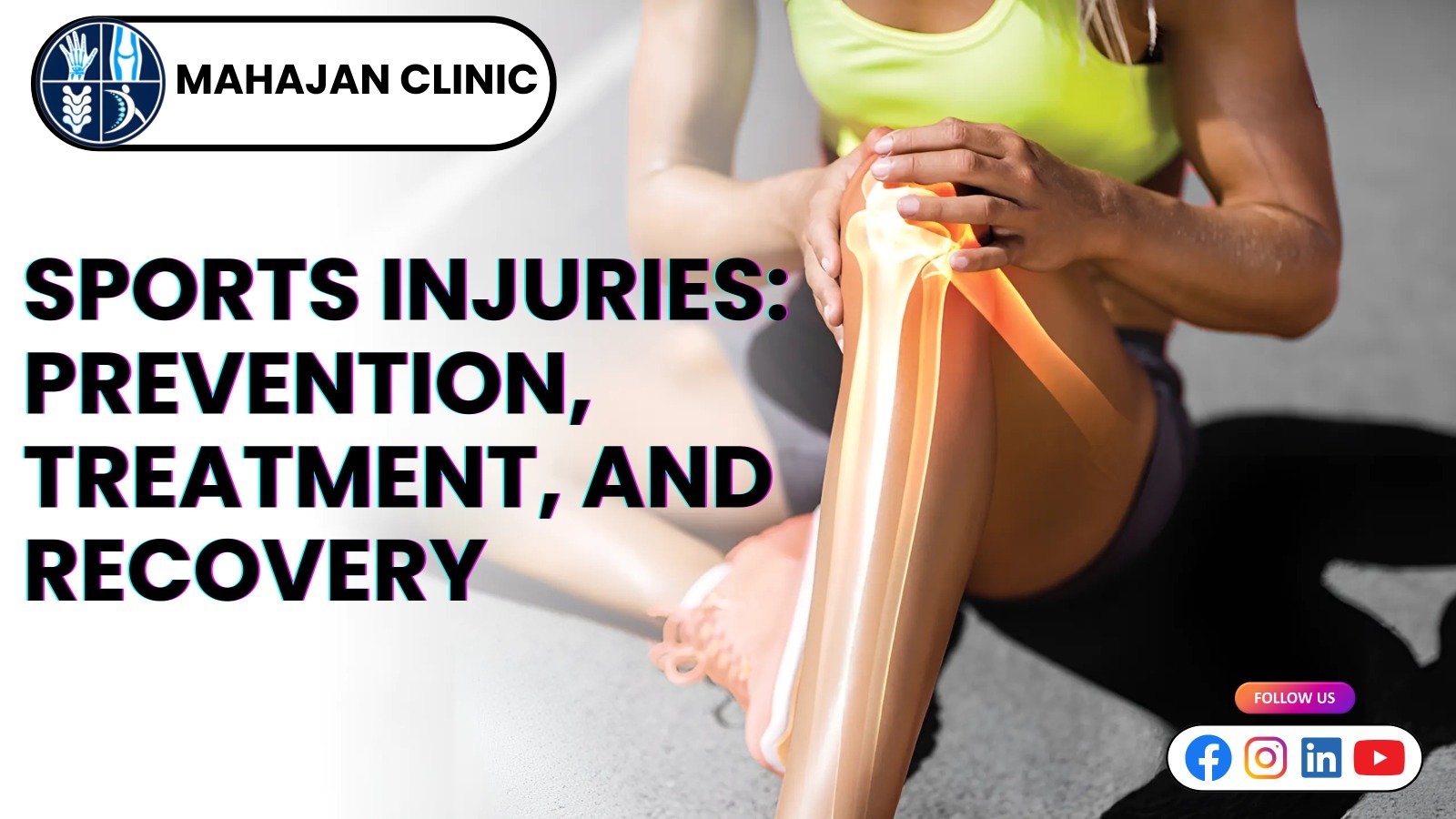Blog Details
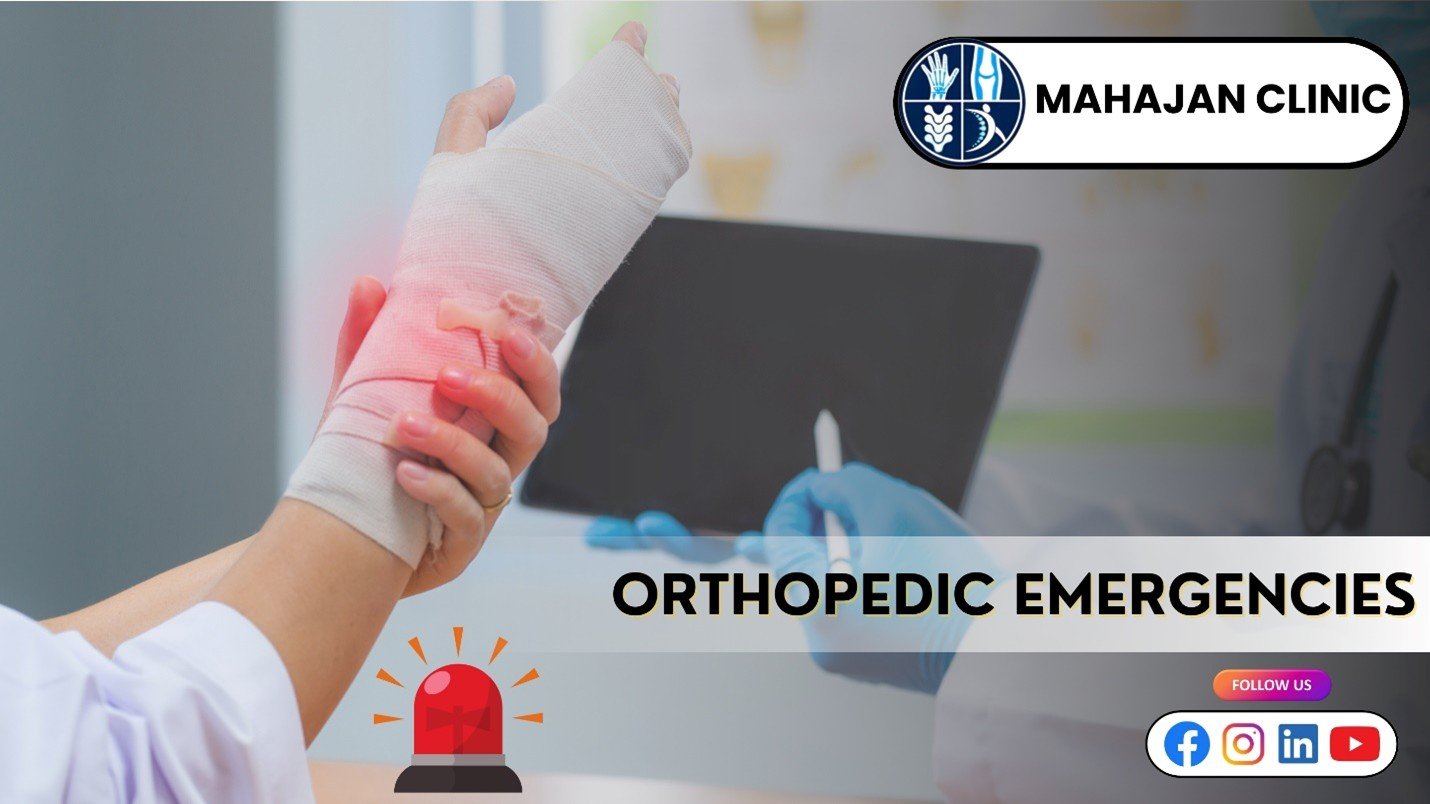
Orthopedic Emergencies: When to Seek Immediate Care
Orthopedic emergencies can happen unexpectedly, and knowing when to seek immediate care is crucial for preventing long-term complications. Whether it’s a sports injury, a fall, or an accident, understanding the signs and symptoms of orthopedic emergencies can help you make informed decisions about your health. Dr. Rakesh Mahajan will guide you through common orthopedic emergencies, their symptoms, and when to seek immediate medical attention.
What is an Orthopedic Emergency?
An orthopedic emergency refers to any injury or condition affecting the musculoskeletal system that requires immediate medical attention. This includes injuries to bones, joints, ligaments, tendons, and muscles. Prompt treatment is essential to prevent complications, ensure proper healing, and restore function. Recognizing orthopedic emergencies is vital for effective treatment.
Common Orthopedic Emergencies
- Fractures
What is a Fracture?
A fracture is a break in a bone, which can occur due to trauma, falls, or overuse. Fractures can be classified as:
- Closed Fractures: The bone is broken, but the skin remains intact.
- Open Fractures: The bone breaks through the skin, increasing the risk of infection.
Symptoms of a Fracture:
- Severe pain at the injury site
- Swelling and bruising
- Deformity or abnormal positioning of the limb
- Inability to move the affected area
When to Seek Immediate Care:
If you suspect a fracture, especially if it is an open fracture, seek immediate medical attention. Open fractures require urgent care to prevent infection and ensure proper healing.
- Dislocations
What is a Dislocation?
A dislocation occurs when the bones in a joint are forced out of their normal position. This can happen in any joint but is most common in the shoulder, elbow, and fingers.
Symptoms of a Dislocation:
- Visible deformity in the joint
- Severe pain and swelling
- Inability to move the joint
- Numbness or tingling in the affected area
When to Seek Immediate Care:
Dislocations require immediate medical attention to realign the bones and prevent further damage to the joint and surrounding tissues.
- Sprains and Strains
What are Sprains and Strains?
- Sprains: Injuries to ligaments (the tissues connecting bones to joints) caused by overstretching or tearing.
- Strains: Injuries to muscles or tendons (the tissues connecting muscles to bones) due to overstretching or tearing.
Symptoms of Sprains and Strains:
- Pain and tenderness in the affected area
- Swelling and bruising
- Limited range of motion
- A popping sound at the time of injury (in severe cases)
When to Seek Immediate Care:
If you experience severe pain, significant swelling, or an inability to use the affected joint or muscle, seek medical attention. Severe sprains and strains may require further evaluation and treatment.
- Compartment Syndrome
What is Compartment Syndrome?
Compartment syndrome occurs when pressure builds up within a muscle compartment, leading to reduced blood flow and potential muscle and nerve damage. It can result from fractures, severe bruising, or tight bandaging.
Symptoms of Compartment Syndrome:
- Severe pain that does not improve with rest or pain medication
- Swelling and tightness in the affected area
- Numbness or tingling
- Weakness in the affected limb
When to Seek Immediate Care:
Compartment syndrome is a medical emergency. If you suspect this condition, seek immediate care to relieve the pressure and prevent permanent damage.
- Severe Joint Pain
What is Severe Joint Pain?
Severe joint pain can result from various conditions, including arthritis, gout, or injury. It may be accompanied by swelling, redness, and limited mobility.
Symptoms of Severe Joint Pain:
- Intense pain in the joint
- Swelling and warmth around the joint
- Stiffness and limited range of motion
- Fever (in some cases)
When to Seek Immediate Care:
If you experience sudden, severe joint pain, especially if accompanied by swelling, redness, or fever, seek medical attention. Early diagnosis and treatment can prevent further complications.
- Open Wounds
What are Open Wounds?
Open wounds occur when the skin is broken, exposing underlying tissues. This can happen due to cuts, lacerations, or puncture wounds.
Symptoms of Open Wounds:
- Visible break in the skin
- Bleeding (which may be severe)
- Pain and swelling around the wound
- Signs of infection (redness, warmth, pus)
When to Seek Immediate Care:
If you have an open wound, especially if it is deep or bleeding heavily, seek immediate medical attention. Open wounds may require stitches, cleaning, and tetanus shots to prevent infection.
- Bone Infection (Osteomyelitis)
What is Osteomyelitis?
Osteomyelitis is a bone infection that can occur after an injury, surgery, or due to the spread of infection from other parts of the body.
Symptoms of Osteomyelitis:
- Severe pain in the affected bone
- Swelling and redness
- Fever and chills
- Fatigue
When to Seek Immediate Care:
If you suspect a bone infection, seek medical attention promptly. Early treatment with antibiotics is crucial to prevent complications.
How to Respond to Orthopedic Emergencies
- Assess the Situation: When faced with a potential orthopedic emergency, assess the situation carefully. Determine the severity of the injury and whether immediate medical attention is necessary.
- Call for Help: If the injury is severe or if you are unsure about the severity, call for emergency medical assistance. Do not attempt to drive yourself or the injured person to the hospital.
- Provide First Aid: While waiting for medical help, provide basic first aid:
- For Fractures: Immobilize the injured area using a splint or by keeping it still. Do not attempt to realign the bone.
- For Dislocations: Do not try to push the bone back into place. Keep the joint still and apply ice to reduce swelling.
- For Sprains and Strains: Rest the affected area, apply ice, compress with a bandage, and elevate the limb.
- For Open Wounds: Apply gentle pressure to stop bleeding and cover the wound with a clean cloth or bandage.
- Stay Calm: Staying calm can help the injured person feel more at ease. Reassure them that help is on the way and encourage them to remain still until medical professionals arrive.
Preventing Orthopedic Emergencies
While not all orthopedic emergencies can be prevented, there are steps you can take to reduce your risk:
- Warm Up Before Physical Activity: Always warm up before engaging in sports or physical activities. Stretching and light exercises can help prepare your muscles and joints for more intense activity.
- Use Proper Equipment: Wear appropriate protective gear, such as helmets, knee pads, and ankle supports, when participating in sports or high-risk activities.
- Maintain a Healthy Lifestyle: A healthy lifestyle can help strengthen bones and muscles. Focus on:
- Balanced Diet: Consume a diet rich in calcium, vitamin D, and other essential nutrients to support bone health.
- Regular Exercise: Engage in weight-bearing exercises to strengthen bones and improve overall fitness.
- Stay Hydrated: Drink plenty of water to keep your body hydrated and functioning optimally.
- Be Cautious: Take precautions to prevent falls and injuries, especially in high-risk environments. Use handrails, wear non-slip shoes, and keep walkways clear of obstacles.
Overall Summary
Understanding orthopedic emergencies and knowing when to seek immediate care can make a significant difference in outcomes. If you experience severe pain, visible deformities, or other concerning symptoms, don’t hesitate to seek medical attention. Prompt treatment can prevent complications and ensure proper healing.
By following the advice of Dr. Rakesh Mahajan and taking proactive steps to maintain your musculoskeletal health, you can reduce your risk of orthopedic emergencies and enjoy a more active, healthy lifestyle. Remember, when in doubt, it’s always better to err on the side of caution and seek professional help. Your health is worth it!
In summary, being aware of the signs and symptoms of orthopedic emergencies is essential for timely intervention and effective treatment. Always prioritize your health and safety, and don’t hesitate to seek help when needed.
